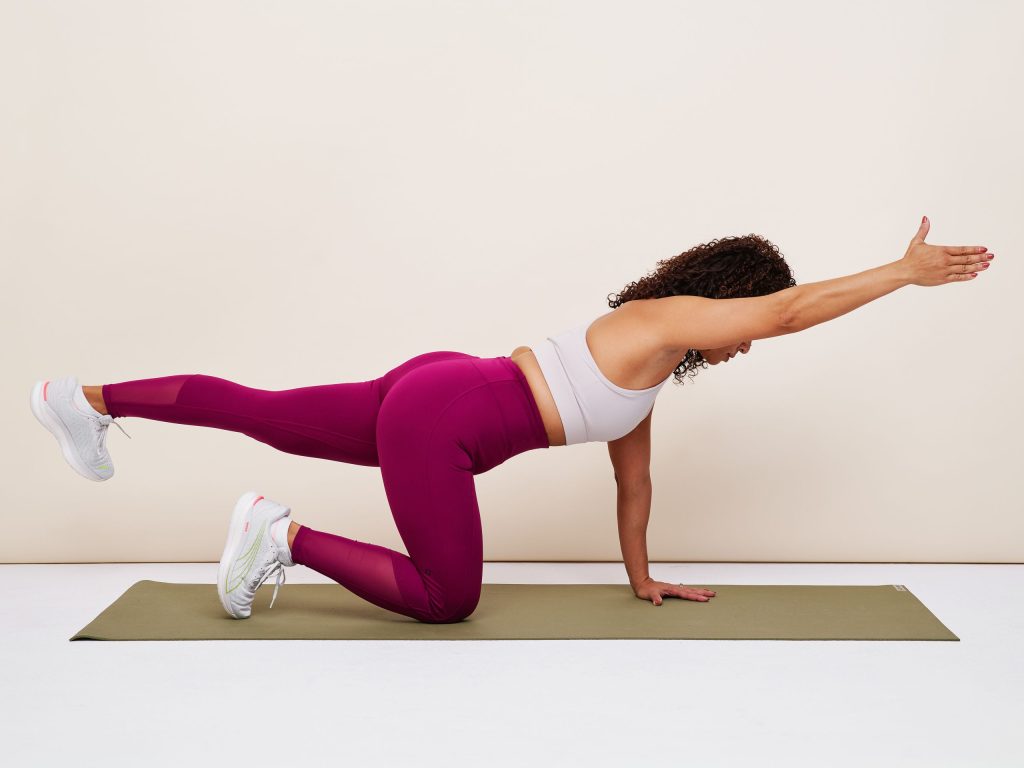
Let’s be honest. That nagging knee ache or stiff shoulder can make you want to skip your workout altogether. But here’s the deal: stopping movement is often the worst thing you can do for your joints. The secret isn’t to stop, but to adapt. It’s about trading high-impact pounding for smart, sustainable movement that nourishes your joints instead of punishing them.
Think of your joints not as hinges, but as intricate, living ecosystems. They crave circulation and movement to stay lubricated and healthy. Low-impact modifications are your toolkit for keeping that ecosystem thriving. Let’s dive into how you can tweak your favorite workouts to feel good now and for miles to come.
Why Your Workouts Might Need a Tweak
Maybe you’re dealing with arthritis, recovering from an injury, or just noticing that your body doesn’t bounce back like it used to. That’s completely normal. High-impact exercises—think running, jumping jacks, or even burpees—place a ton of stress on your weight-bearing joints. For some bodies, that’s a recipe for inflammation and pain.
Low-impact exercise, on the other hand, keeps at least one foot on the ground (or the connection gentle) at all times. This drastically reduces the forces shooting up through your ankles, knees, hips, and spine. The goal? To get your heart pumping and muscles working without the collateral damage.
Simple Swaps for Common Exercises
You don’t need to throw out your entire routine. Often, a simple modification is all it takes. Here are some of the most effective low-impact workout modifications for joint health.
Instead of Running → Try Power Walking or Cycling
Running is fantastic, but it can deliver a force of nearly three times your body weight with each step. Ouch. If your knees or hips are complaining, switch to power walking on a soft surface like a track or trail. Focus on pumping your arms and taking quick, powerful steps to keep the intensity up.
Cycling, whether outdoors or on a stationary bike, is a superstar for joint health. It’s non-weight-bearing, meaning your joints get all the benefits of movement without the compression. Ellipticals and swimming are also brilliant alternatives here.
Instead of Jumping Jacks → Try Step Jacks or Lateral Raises
The classic jumping jack is a plyometric staple, but the landing can be jarring. For a kinder option, try step jacks. Simply step one foot out to the side at a time as you raise your arms, tapping the foot on the floor instead of jumping. You’ll get the same cardiovascular and coordination benefits without ever leaving the ground.
Instead of Burpees → Try Squat Thrusts (No Jump!)
Burpees are the ultimate love-them-or-hate-them exercise. The jump up and the plank-jump-in are high-impact moments. Modify by removing the jump entirely. Step back into your plank, one foot at a time. Step forward into a squat, one foot at a time. Then, simply stand up. That’s it. You still work your entire body—heart, core, legs, arms—but you’ve just made it infinitely more joint-friendly.
Instead of High Knees → Try Marching in Place or Butt Kicks
Driving your knees up high with a bounce is tough on the lower back and knees. Instead, try a vigorous march in place, really focusing on lifting from the core. Or, switch to butt kicks, which are great for warming up the knees and quads with minimal impact.
Joint-Friendly Strength Training Tips
Strength training is non-negotiable for joint health—strong muscles are the best shock absorbers you have. But form is everything.
Mind Your Range of Motion
You don’t always have to go “a$$ to grass” on a squat. If deep flexion causes pain in your knees, it’s okay to squat only to a comfortable depth—parallel or even higher. The same goes for push-ups; you can lower only halfway if full range irritates a shoulder. Pain is not gain in this context. It’s a signal.
Embrace Isometrics
Isometric exercises involve holding a position under tension. Think planks, wall sits, or glute bridges held at the top. They build serious strength without any joint movement at all, making them a secret weapon for pain management and stability.
Choose Your Equipment Wisely
Resistance bands are a joint’s best friend. They provide tension throughout the entire movement and are far more forgiving than heavy, clanking weights. They also allow for movements in multiple planes, which is how we actually move in daily life.
Listening to Your Body: The Ultimate Guide
All these modifications are useless if you’re not tuning in. There’s a big difference between muscle fatigue (the “burn” in your quads during a hold) and sharp, shooting, or aching joint pain. The first is okay; the second is a full stop. Learn the difference.
And honestly, some days are better than others. A modification that felt great on Monday might feel off on Wednesday. That’s normal. Grant yourself the flexibility to change the plan. It’s not a failure; it’s intelligence.
Building a Sustainable Routine
Consistency with low-impact exercise is what builds lasting joint health. It’s not about one heroic workout. It’s about showing up, most days, and moving in a way that feels sustainable.
Well, what does that look like? Maybe it’s a 20-minute swim followed by some band work. A long walk with a friend. A gentle yoga flow focused on mobility. It’s mixing and matching these joint-friendly exercises to create a routine you actually enjoy and can stick with for the long haul.
The goal of fitness isn’t to conquer your body, but to converse with it. These low-impact modifications are your new vocabulary. They allow you to have a dialogue with your joints, asking what they need today and responding with movement that heals, strengthens, and empowers. Because the best workout is always the one that lets you come back tomorrow feeling strong.







